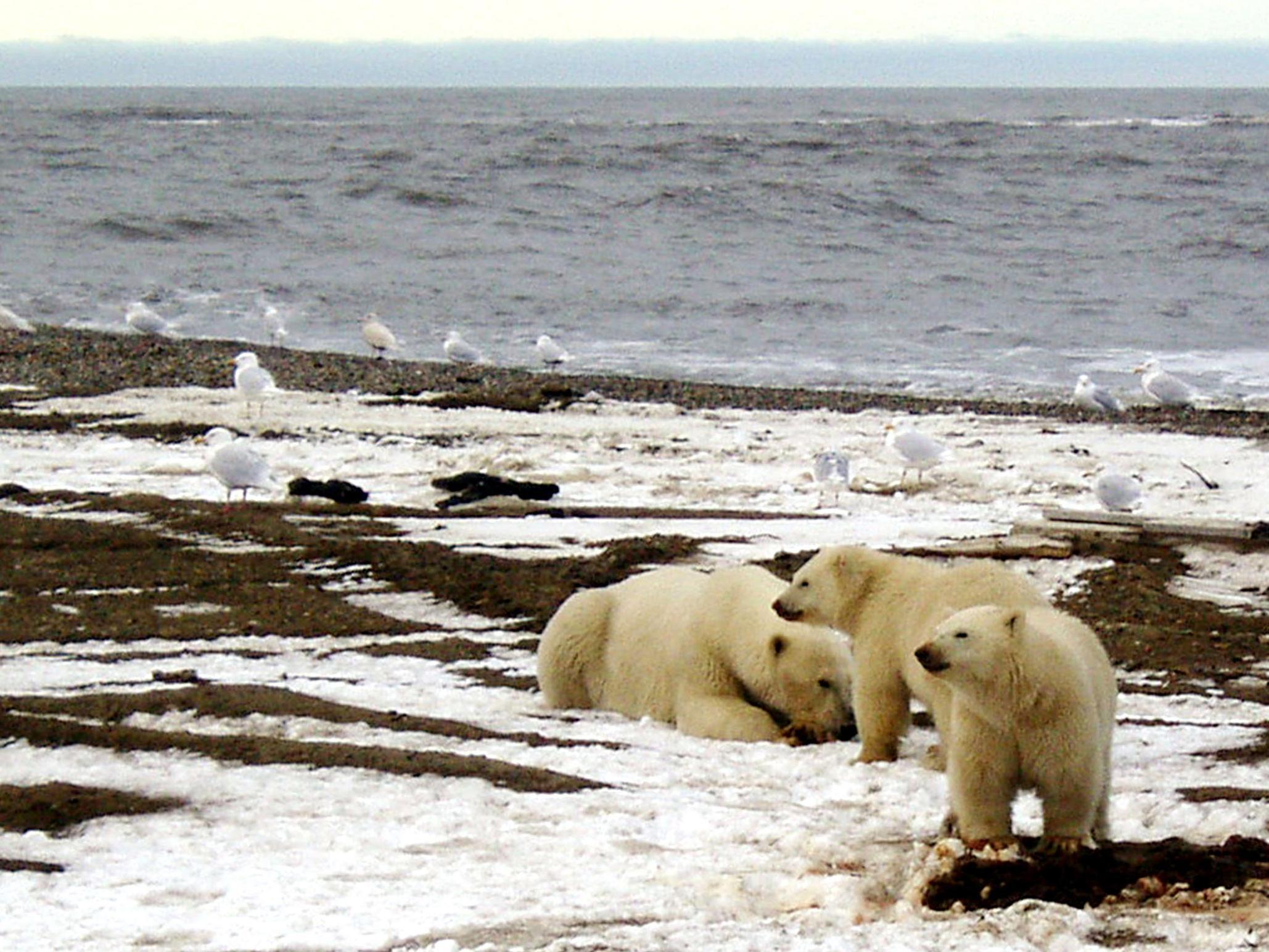Strange, super-hot temperatures at the Arctic mean that sea ice is melting
The ice should start coming back over the last few weeks, but it hasn’t

Your support helps us to tell the story
From reproductive rights to climate change to Big Tech, The Independent is on the ground when the story is developing. Whether it's investigating the financials of Elon Musk's pro-Trump PAC or producing our latest documentary, 'The A Word', which shines a light on the American women fighting for reproductive rights, we know how important it is to parse out the facts from the messaging.
At such a critical moment in US history, we need reporters on the ground. Your donation allows us to keep sending journalists to speak to both sides of the story.
The Independent is trusted by Americans across the entire political spectrum. And unlike many other quality news outlets, we choose not to lock Americans out of our reporting and analysis with paywalls. We believe quality journalism should be available to everyone, paid for by those who can afford it.
Your support makes all the difference.Strange events in the Arctic appear to suggest that something very troubling is happening with the sea ice there, scientists have said.
The North Pole is experiencing hugely unexpected hot sea temperatures, which are stopping the usual ice from forming and could be a mark that something global warming is having even more worrying effects than previously thought.
In most years, the sun goes down in mid-October and that serves as a signal that the sea ice will start coming back as the water freezes. But this year that ice is actually melting, because intense heat is stopping the usual processes from happening.
Scientists say that heat has never been seen in previous years and is “off the charts” when compared with what has happened before. Temperatures have been as much as 20C hotter than where they usually should be.
Part of that is the result of cold weather over northern Russia that’s on its way to the Arctic. When it arrives there, the freezing should begin and much of the ice that should already be there will appear.
But because of that effect, there’s likely to be problems over the next year because the ice will be thinner. And the hot air itself is likely to cause strange weather, with the cold air being pushed further south.
The unusual melting and lack of freezing doesn’t necessarily mean that scientists have underestimated the extent of climate change so much as the effect that climate change will have on sea ice.
The concern about the planet’s poles is actually worry about two effects. In the Arctic, the sea ice recovery usually happens around this time, and isn’t; but in the Antarctic, sea ice levels are also falling far more quickly than would usually be expected.
Antarctica would usually lose sea ice during this period, but it is melting far quicker than expected. That’s thought partly to be the result of climate change, but also is happening because of the effects of the El Nino that wreaked havoc on the world’s weather last year.
Climate scientists have traditionally resisted using the amount of sea ice as a measure of the climate, in part because it underestimates the effects.
“Lumping the two together has been a climate denier tactic in the past to mask out the sharp drop in Arctic sea ice in recent years,” wrote meteorologist Eric Holthaus.
Mr Holthaus also wrote that climate change might actually lead to more sea ice in the coming years.
“On the one hand, increased ice mass loss and freshwater output from Antarctica may actually lead to increased sea ice in the next few decades because freshwater freezes more quickly than saltwater. On the other hand, temperatures are going up—not good news if you're an ice cube.”
Join our commenting forum
Join thought-provoking conversations, follow other Independent readers and see their replies
Comments